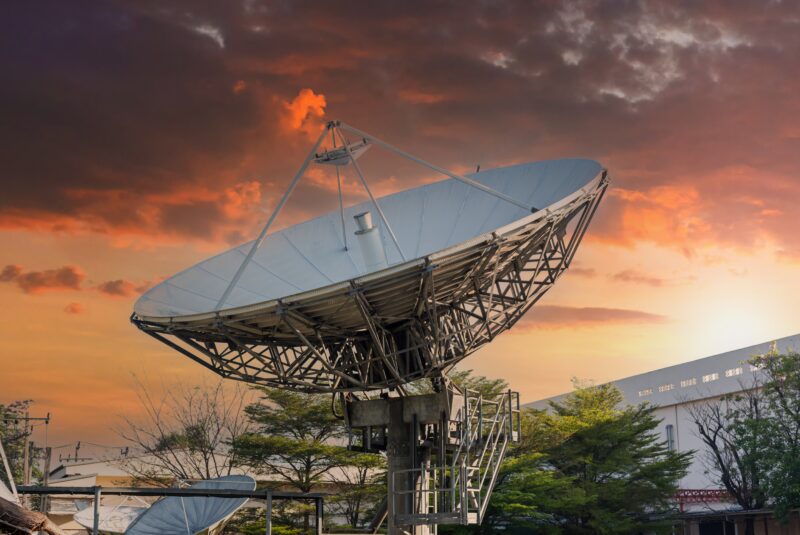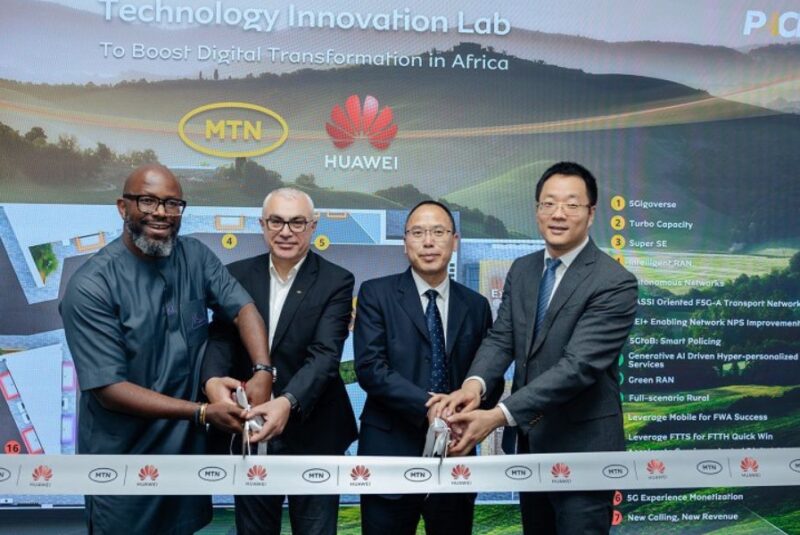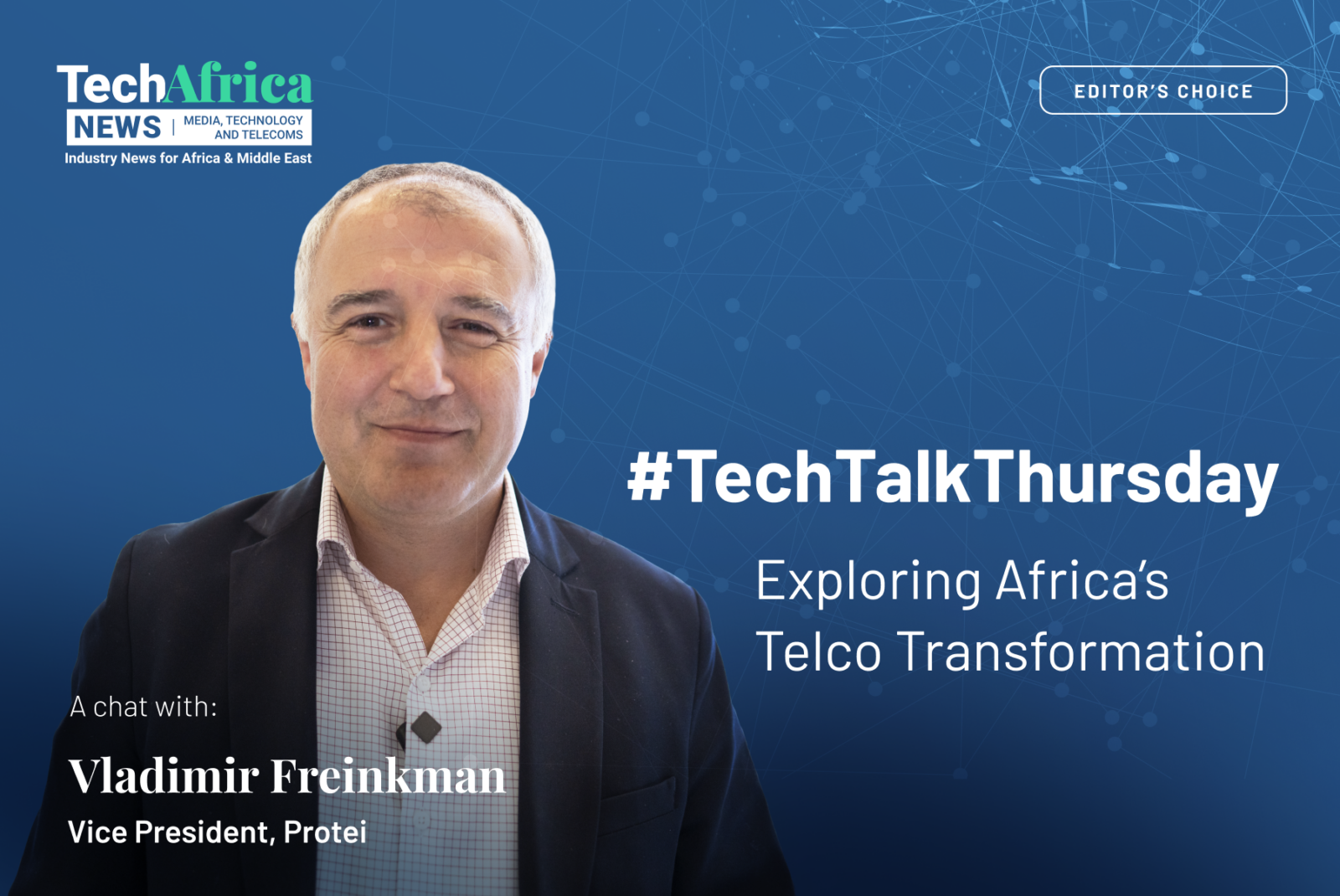Ericsson has announced the release of its Mobility Report which follow the evolution of the telecom industry, where 5G is scaling faster than any previous mobile generation. Following are excerpts from the report about Sub-Saharan Africa and MENA region.
Sub-Saharan Africa
Demand for mobile voice and data services continues to grow in the region. Investment in telecom infrastructure accelerated during 2020–2021 in the wake of COVID-19, including mobile coverage and fixed wireless access (FWA) build-out, enabling service providers to address additional subscriber segments with mobile broadband. In 2021, the number of 4G subscriptions grew by 26 percent, and strong growth is expected to continue during 2022. Migration towards 4G devices continues to be an important driver for 4G subscription uptake, which in turn drives the growth of mobile data traffic. 3G mobile data traffic is still increasing, but the majority of traffic growth is expected to be in 4G. Over the forecast period, total mobile broadband subscriptions are predicted to increase, reaching 78 percent of mobile subscriptions. Regulatory initiatives are being taken to make more spectrum available in key markets across Africa. This will enable access to mobile services for a larger part of the population, especially in rural areas that have traditionally been underserved.
Middle East and North Africa
Mobile subscription growth in the region is predominantly driven by the uptake of 4G services in less mature markets. In 2021, 4G subscriptions increased by about
54 million, while 2G and 3G declined. Digitalization is a high priority in some countries as a means for transforming economies and societies. Service providers
are motivated to undertake extensive network modernization and expansion to improve network performance, which stimulates further subscription growth.
5G subscriptions grew to around 10 million in 2021, and the region is forecast to reach nearly 200 million 5G subscriptions in 2027.










